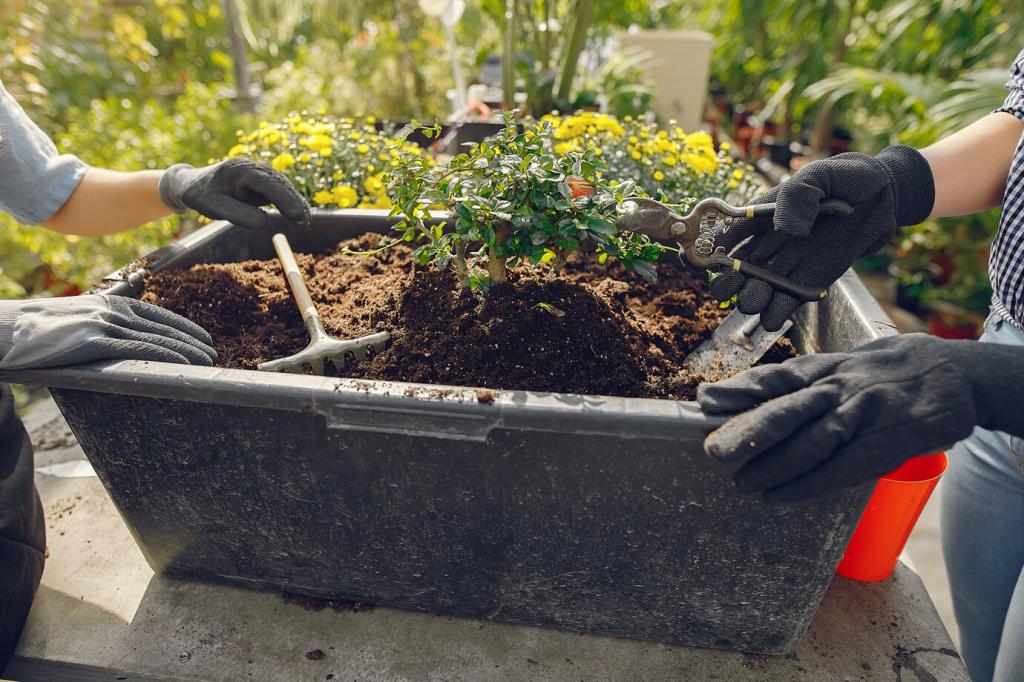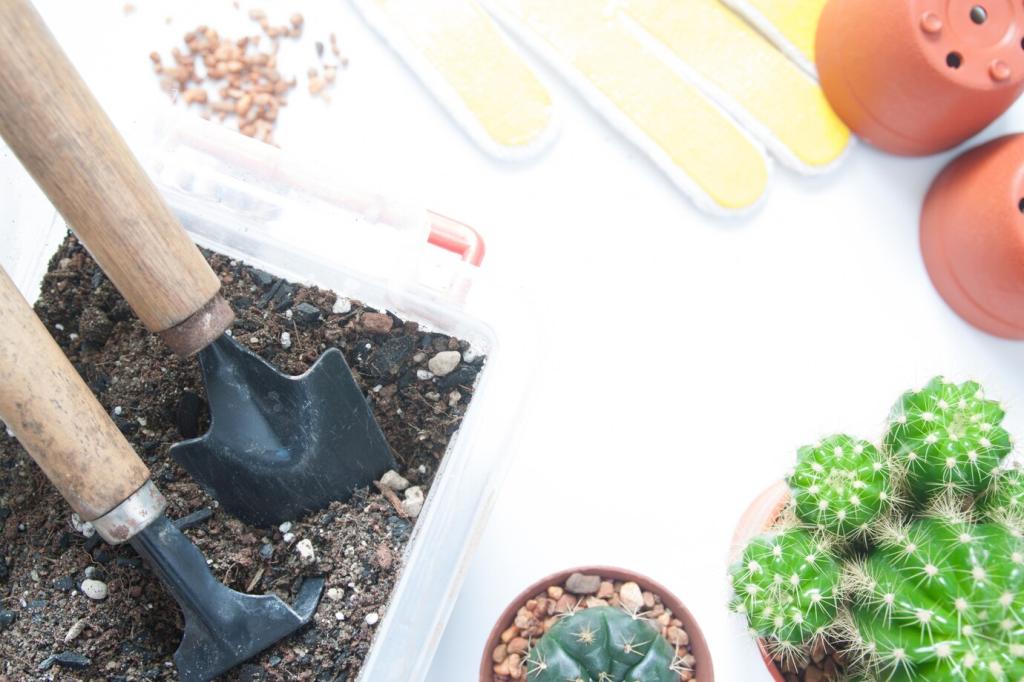Creating a Seasonal Garden Calendar: Your Year-Round Growing Guide
Chosen theme: Creating a Seasonal Garden Calendar. Welcome to a gardener’s roadmap for timing, rhythm, and confidence. We’ll help you translate climate, daylight, and plant needs into a practical, inspiring schedule you’ll actually follow—so your beds stay bustling and your harvests keep coming.

When you move from vague intentions to dated tasks, your garden stops hinging on memory. A calendar locks in sowing windows, pruning periods, and feeding cycles, so you spend less time scrambling and more time noticing the quiet victories unfolding each week.

Nature leaves handy signals. When lilacs bloom, cool soil warms; when oak leaves reach squirrel-ear size, it’s time for corn. Aligning tasks with local cues makes your calendar resilient across unusual springs, late frosts, or surprise heatwaves. Share your favorite local signs in the comments.

A seasonal calendar spreads heavy lifts across weeks, preventing the infamous spring crush. With checkpoints for rest and catch-up days, you avoid guilt loops and enjoy your garden more. Bookmark this plan, and subscribe for monthly reminders tailored to season-specific priorities.
Hardiness Zones and Heat Maps
Start by identifying your hardiness zone and local heat index, then pair that with real microclimate experience. A city balcony, sheltered courtyard, or windy ridge may behave like a different zone. Your calendar notes these adjustments, keeping dates honest and harvests realistic.
First and Last Frost Anchors
Mark last spring frost and first autumn frost as the calendar’s spine. Count backward to schedule indoor sowing and hardening off; count forward to set transplant dates. Add buffer weeks for unpredictable years, and keep notes to refine timing with each season’s lessons.
Microclimates You Can Use
Warm south-facing walls hasten tomatoes; shaded beds shelter lettuces longer. Windbreaks, mulch depth, and reflective surfaces all shift planting windows. Record these pockets in your calendar, tagging beds by microclimate so every task lands in the spot where it will perform best.

Winter belongs to seed lists, tool maintenance, and soil tests. Block time for learning, crop rotation layouts, and ordering supplies before popular varieties sell out. Your calendar includes quiet reflection days to review last year’s notes and set three achievable, season-long goals.
Designing the Calendar: Season-by-Season Flow



Planting Windows and Succession Mastery
Cool-season staples like peas, spinach, and brassicas thrive on cooler soils and short days. Warm lovers—tomatoes, peppers, squash—demand heat and longer light. Your calendar separates their windows, preventing stunted starts or bolting disasters, and sets backups in case weather refuses to cooperate.
Planting Windows and Succession Mastery
Instead of one big sowing, schedule smaller waves every ten to twenty-one days, depending on crop and climate. Note maturity dates and bed turnover points. Your calendar predicts when space opens so the next crop slides in smoothly, minimizing empty soil and maximizing continuous harvests.





